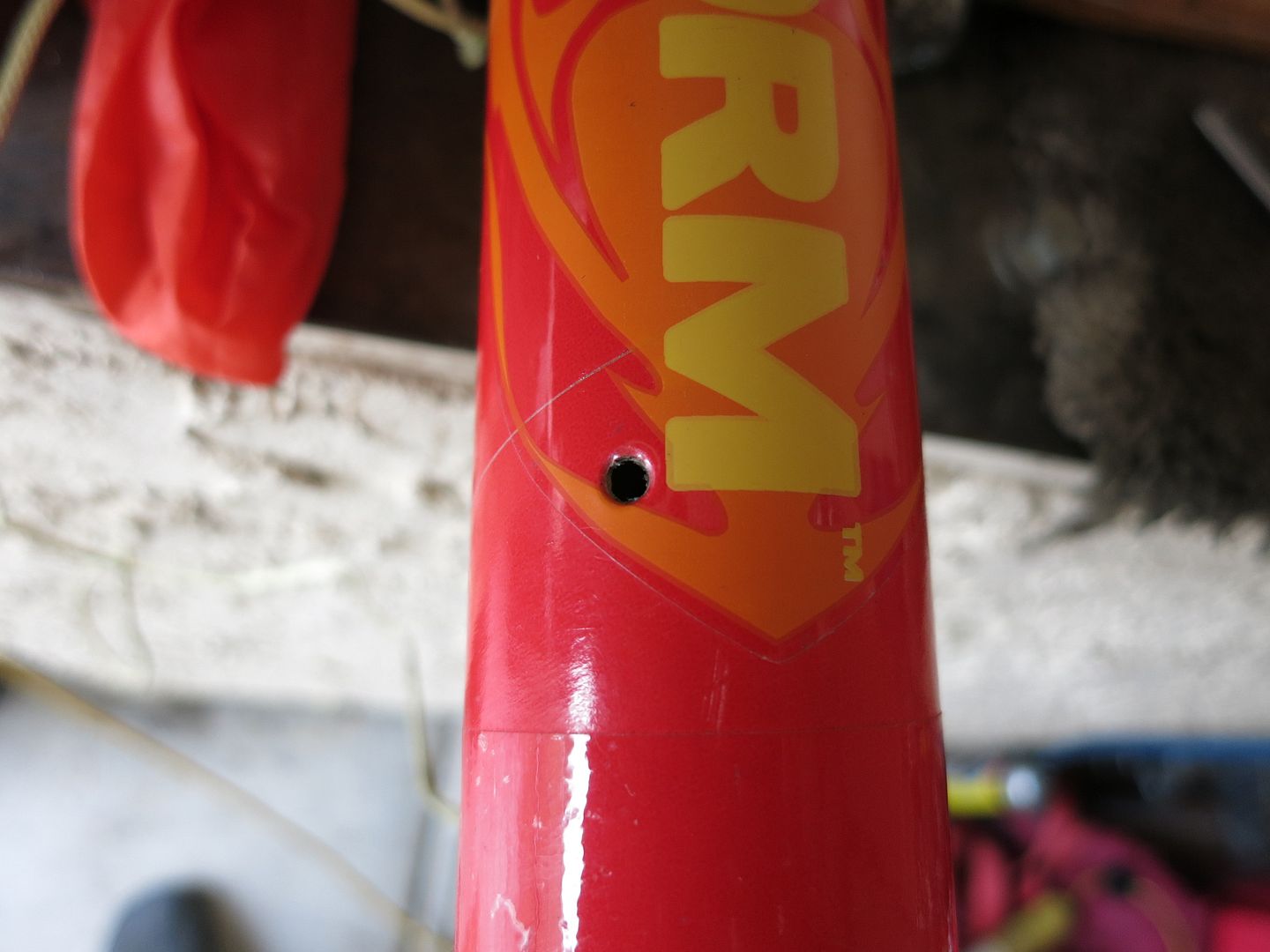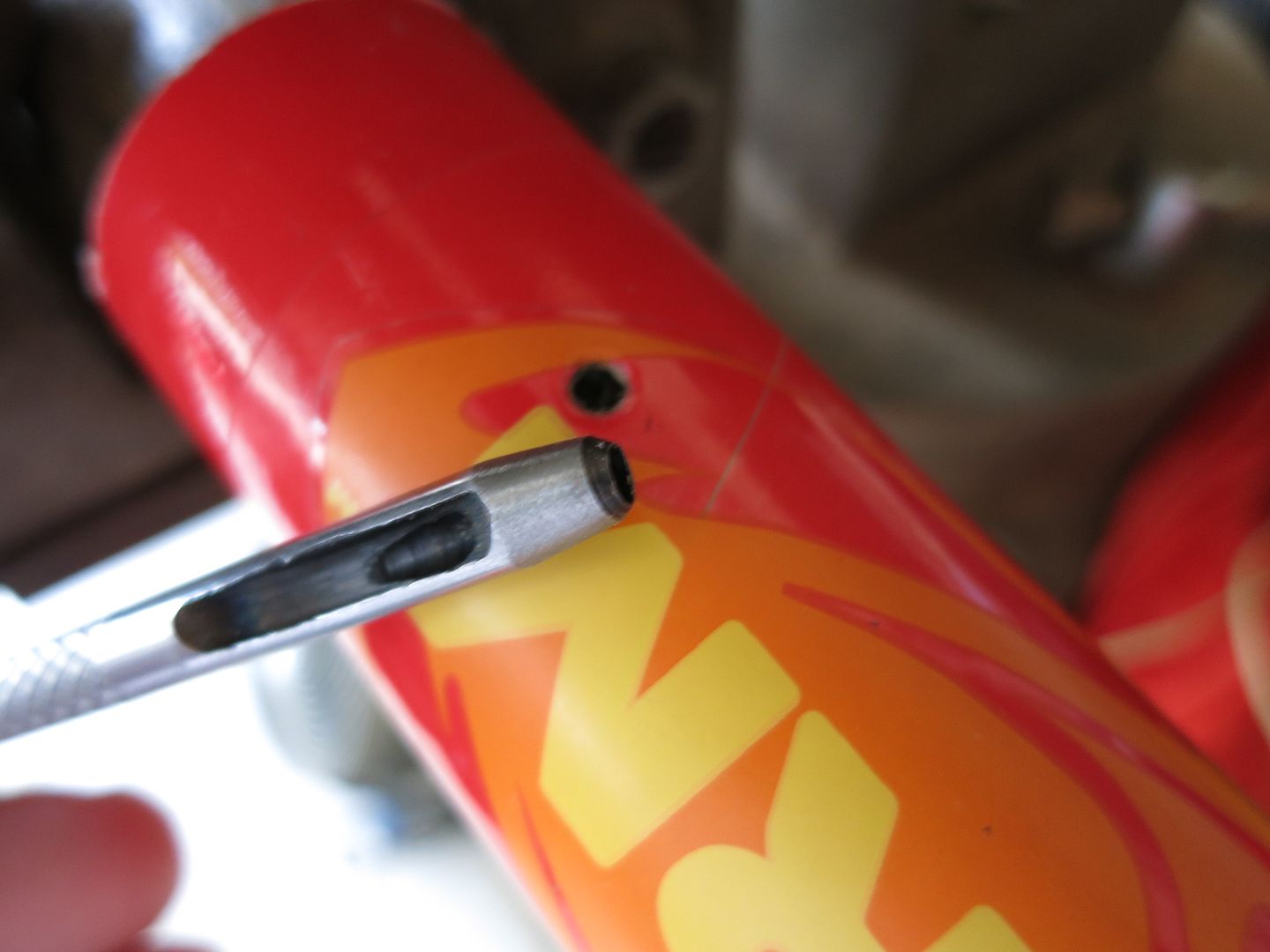Picked up a tool some time ago and finally used it today. If I only use the smallest 1/8" punch, it's worth the $16 I paid here:
https://www.homedepot.com/p/TEKTON-...XvrK1FvIKBYwrFqi38VLlBoCLOHw_wcB&gclsrc=aw.ds
You can also get these punches in smaller sets for less, this is just the one I had.
I have always hated drilling holes in my rockets, regardless of what they were made of. When you drill out paper rockets, you get fuzzy holes that need treating with CA glue and filing/sanding them smooth. Fiberglass requires a special technique that I have perfected to prevent filaments from splitting out inside the tube.
Today, I'm making static ports for my smaller rockets to fly the estes altimeter. I picked the smallest punch out of the above set and punched out a perfect hole. Backed up internally with an old hammer handle, two smacks with a ball peen hammer and here's what you get:



...
https://www.homedepot.com/p/TEKTON-...XvrK1FvIKBYwrFqi38VLlBoCLOHw_wcB&gclsrc=aw.ds
You can also get these punches in smaller sets for less, this is just the one I had.
I have always hated drilling holes in my rockets, regardless of what they were made of. When you drill out paper rockets, you get fuzzy holes that need treating with CA glue and filing/sanding them smooth. Fiberglass requires a special technique that I have perfected to prevent filaments from splitting out inside the tube.
Today, I'm making static ports for my smaller rockets to fly the estes altimeter. I picked the smallest punch out of the above set and punched out a perfect hole. Backed up internally with an old hammer handle, two smacks with a ball peen hammer and here's what you get:



...











